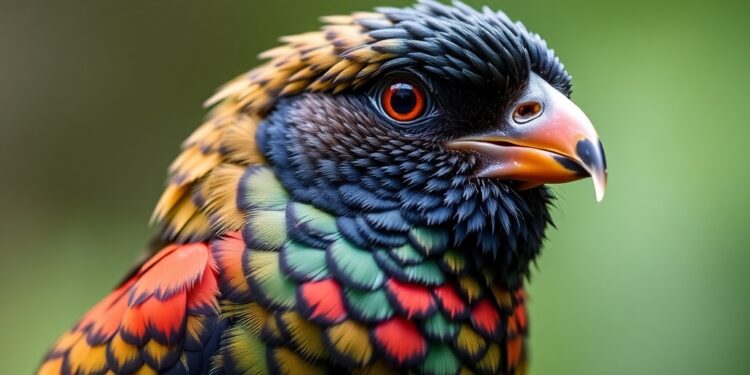In their investigations, the researchers compared the identified cell types in the chicken pallium with analogous datasets from mice and reptiles. Their analyses revealed an intriguing paradox: while the brain structures differ vastly between birds and mammals, the core neurons that regulate brain activity reveal a striking degree of resemblance. This contrasts sharply with neurons dedicated to signal transmission, which appear to have undergone a more dynamic evolutionary progression. Dr. Bastienne Zaremba, a key member of the research team, elaborates that while some neurons, such as those found in the hippocampus responsible for memory and learning, have maintained their essential functions over millions of years, others have evolved in varied and dramatic directions.
A particularly unexpected discovery emerged regarding excitatory neurons—specific types that both birds and mammals seem to share a common evolutionary lineage. This was a significant revelation, especially regarding the neurons originating from the deeper layers of the neocortex in mammals and the mesopallium in birds. This finding challenges long-standing beliefs about the evolutionary paths of these critical brain regions, suggesting that the origins of these neurons may be more interconnected than previously thought.
Moreover, the research sheds new light on the hyperpallium, a structure unique to bird brains, which was previously presumed to be analogous to the mammalian neocortex. The researchers conducted a detailed comparison and found that while certain neurons exhibit similarities, many others are fundamentally dissimilar. Dr. Zaremba highlights how these findings counter previous theories that posited a straightforward one-to-one correspondence between the brain regions of birds and mammals. Instead, the evolutionary narrative is much more intricate, marked by a blend of conservation and divergence, or even convergence over time, wherein features of the brain can remain unchanged, evolve drastically, or, interestingly, become more similar as evolution progresses.
As this study unfolds, it opens new avenues for understanding the rich tapestry of brain evolution and its implications for cognitive proficiency. These findings not only inform us about the specific workings of the bird brain but also allow us to gain insights into the broader implications for the neurological sciences. Integrating a multidisciplinary approach involving evolutionary biology, genetics, and neuroscience can provide a clearer picture of how intelligence has developed across different species.
The collaboration with Dr. Fernando García-Moreno from the University of the Basque Country, along with contributions from Swedish researchers, highlights the synergistic effort inherent in this type of groundbreaking research. Funding from prestigious organizations such as the European Research Council and specific regional governments underscores the importance and relevance of this research in the scientific community. Their collective work is not just a contribution to our understanding of bird cognition; it potentially reshapes our theoretical frameworks regarding the evolutionary pathways of brain structures across species.
Ultimately, the interplay between conservation and transformation in brain evolution as illustrated in this research could provoke broader discussions about cognitive abilities in non-mammalian species. It paves the way for future explorations into how distinct evolutionary pressures can lead to sophisticated cognitive functionalities in diverse taxa. The implications of this research are profound, offering a fresh perspective on the nature of intelligence itself and the evolutionary forces shaping it.
Subject of Research: Neural Evolution and Cognition in Birds
Article Title: Developmental origins and evolution of pallial cell types and structures in birds
News Publication Date: 13-Feb-2025
Web References: http://dx.doi.org/10.1126/science.adp5182
References: Science Journal
Image Credits: Heidelberg University
Keywords: Bird Cognition, Brain Evolution, Pallium, Neurons, Cognitive Functions, Avian Intelligence, Comparative Neuroscience, Molecular Data, Embryonic Development, Evolutionary Biology.
Tags: advanced cognitive skills in birdsavian brain evolutionavian pallium and intelligencebirds cognitive abilitiescellular composition of avian palliumcomparative study of brain architecturesevolutionary trajectory of bird cognitionlearning and memory in birdsProfessor Dr. Henrik Kaessmann researchsimilarities between avian and mammalian brainssingle-cell sequencing in neurosciencesophisticated cognition in non-mammals





